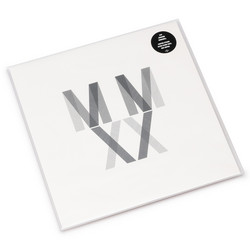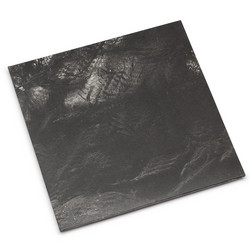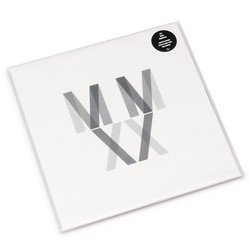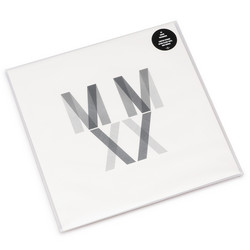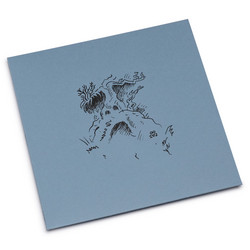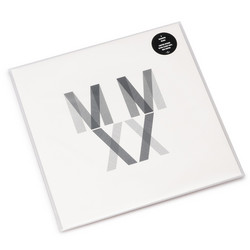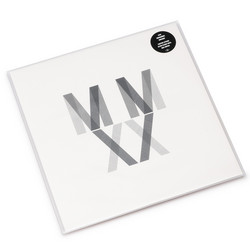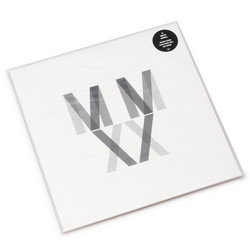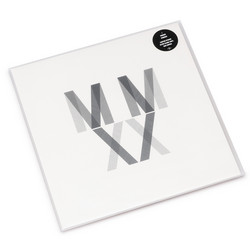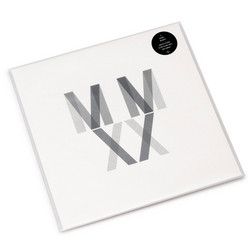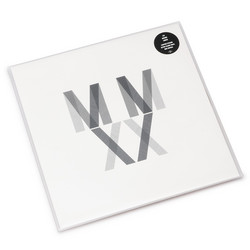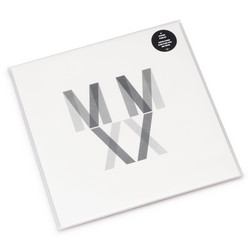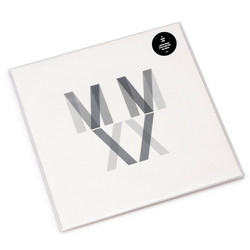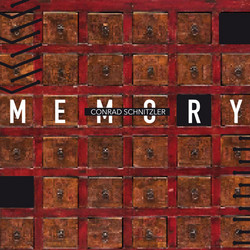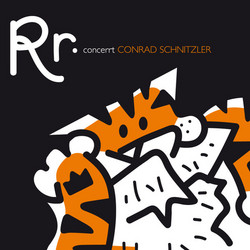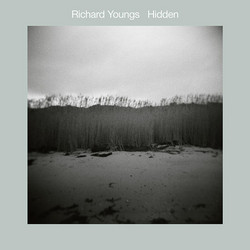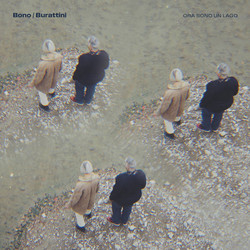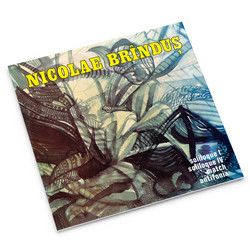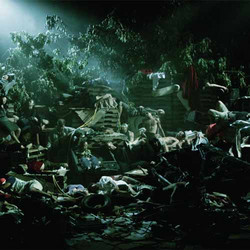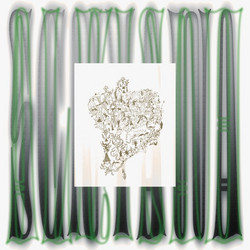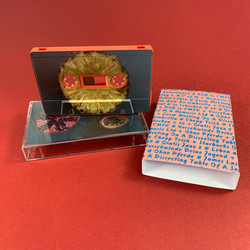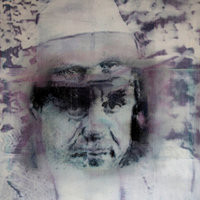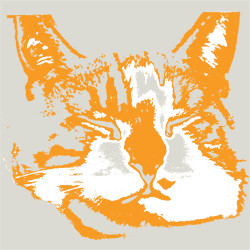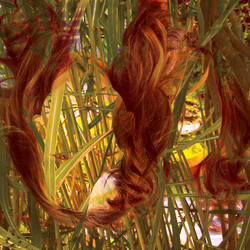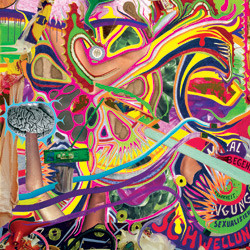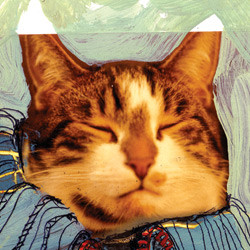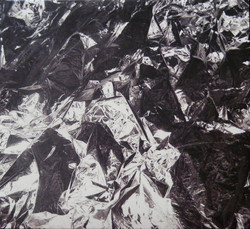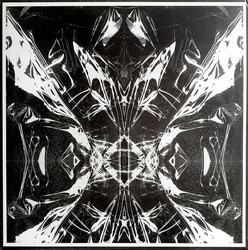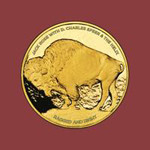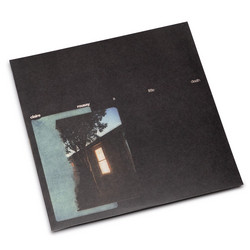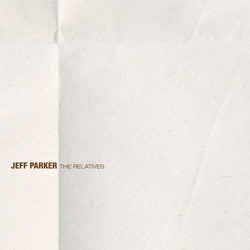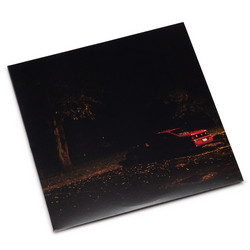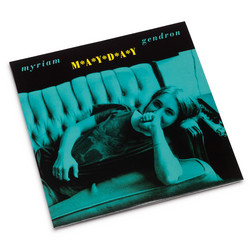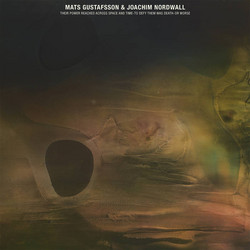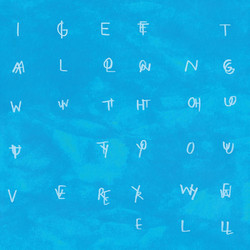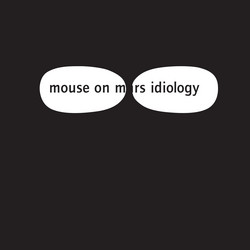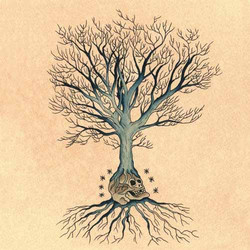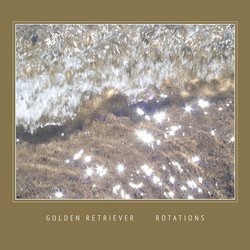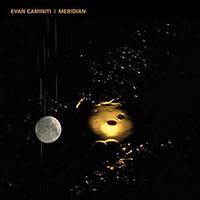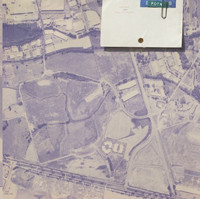Over the course of 20 years, German artist Black To Comm aka Marc Richter has pushed the limits of and merged the aesthetics of art, conceptual installations and music, coming in a wave of innovation alongside his peers Pita, Fennesz, Felicia Atkinson and later Sarah Davachi to name a few. His list of collaborations and commissions is long and impressive. Through it all Richter as Black to Comm has challenged assumptions, explored identity and confronted the concept of authorship itself. Black to Comm’s work investigating the bounds of originality, reinvention and recontextualizing sounds of the past, in tandem with the growth and complications of AI, becomes ever more apropos and potent.
At Zeenath Parallel Heavens finds Black to Comm contemplating the hybridity within each and every one of us, be it sexual, racial, cultural, language, and beyond. Richter mirrors personal dualities by employing a combination of sounds he created and manipulated samples, blurring their boundaries. This time these sources were pushed to the extremes as he explored contrasts of these combined sonic pallets. “It was created by a combination of sampling and doing my own recordings and then a lot of studio work, editing and collage, which is the main process. I always try to blur the line between sampling and my own recordings, also between ‘real’ instruments, MIDI, electronics, editing, between authenticity and theatrics/artificiality.” As Richter worked on the album, he became aware of how AI text programs processing resembles his own methods.
“I had the realization recently that the way I compose is not too dissimilar to what AI software is doing nowadays - especially when the AI is hallucinating (this is the term used when the AI is overloaded/overcharged/inundated and comes up with made-up results).” Human behavior reflected in a computer facsimile of human intelligence appealed to the ethos of Black to Comm, whose titles and concepts are often oblique and tongue-in-cheek. Song titles drawn from epic poetry and ancient mythology explore a duality between the serious and ridiculous, mimicking the multi-layered meanings of the music itself; “I love the pathos, the flowery baroque language, the ambiguity (especially with regards to erotic innuendo),” Richter elaborates.
At Zeenath Parallel Heavens pushes Richter’s audio occultism into even more divine, transcendent territory. Across the album’s dazzling expanse, Richter assembles an arresting sonic narrative that blossoms from primeval creation myths to ominous, shadowy expanses and radiant heavenly vistas, exploring the existence of alternative realities. It is as astounding in the scope of its vision as it is immediately enthralling, as inviting as it is subtly unnerving.
